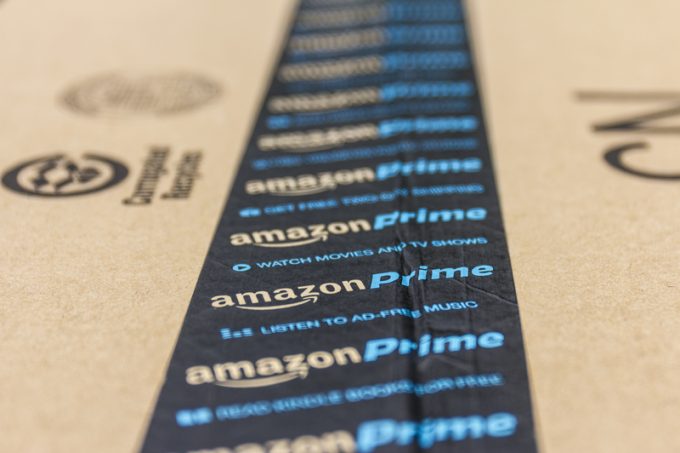A shift in strategy by US integrators – 'they're going after volume'
Recent actions by UPS and FedEx reflect a challenging market environment: a focus on shedding ...

Now in its fifth year, Amazon’s Prime Day has become an online shopping orgy of epic proportions – and a delivery headache.
This year’s two-day discount frenzy, on 15 and 16 July, smashed records to amass a volume of orders for Amazon that was bigger than ...
Keep our news independent, by supporting The Loadstar
Four crew members still missing as Wan Hai 503 continues to burn
Explosions and 'out-of-control' fire reported on Wan Hai box ship
Carrier price hikes hold, driving spot rates higher as space gets scarcer
Crew forced to abandon ship in latest fire on vessel carrying EVs
The Loadstar Podcast | Transport Logistic and Air Cargo Europe 2025
Transpacific rates ease as capacity boost proves too much for trades to digest
Turkish Airlines falls foul of air safety regulations, claims India's aviation authority

Comment on this article